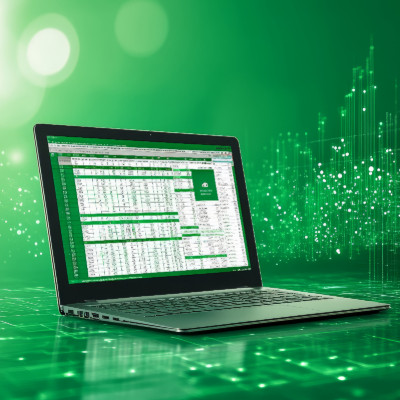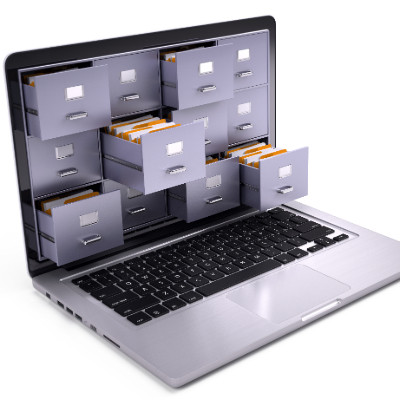When did you last open a spreadsheet and just sigh upon seeing the expanse of data points, with a sigh that comes from the deepest depths of your soul? It’s a fair reaction to have… especially when you know how much value there is to be found within these data sets.
Let’s walk through how you can extract this data by using Microsoft Excel’s Quick Analysis features… and don’t worry if you tend to use Google Sheets. The processes are essentially the same for everything we’re covering.










